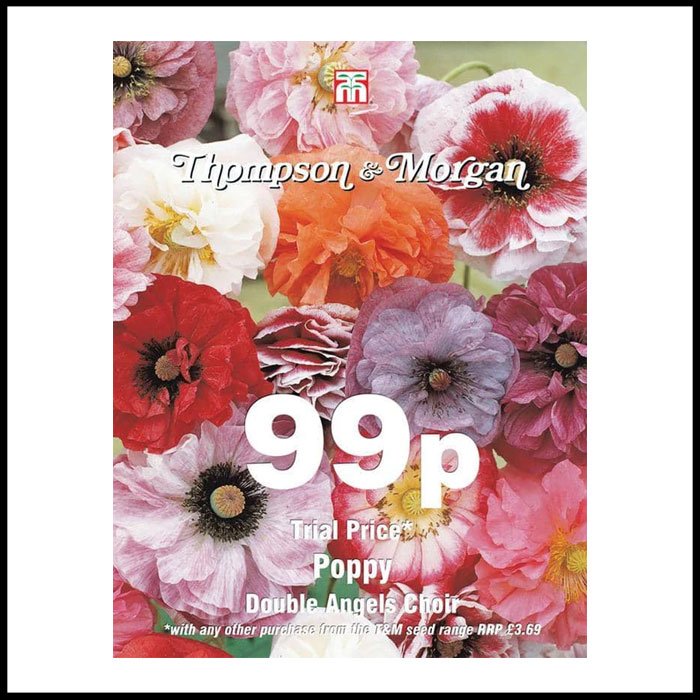 Image 1 of 2
Image 1 of 2

 Image 2 of 2
Image 2 of 2



Cabbage - Cabbice F1 Hybrid
An intensely sweet cabbage variety producing thick crisp leaves, just perfect for use in salads and coleslaws - use as an alternative to iceberg lettuce in summer and early winter salads. This vigorous round cabbage will perform in almost any free-draining soils, standing until the first hard frosts of autumn.
Height 40cm (16"). Spread 50cm (20").
Companion planting: Try growing cabbages with Nasturtiums to draw cabbage white butterflies away from your crop, and mint to help deter flea beetles.
An intensely sweet cabbage variety producing thick crisp leaves, just perfect for use in salads and coleslaws - use as an alternative to iceberg lettuce in summer and early winter salads. This vigorous round cabbage will perform in almost any free-draining soils, standing until the first hard frosts of autumn.
Height 40cm (16"). Spread 50cm (20").
Companion planting: Try growing cabbages with Nasturtiums to draw cabbage white butterflies away from your crop, and mint to help deter flea beetles.
An intensely sweet cabbage variety producing thick crisp leaves, just perfect for use in salads and coleslaws - use as an alternative to iceberg lettuce in summer and early winter salads. This vigorous round cabbage will perform in almost any free-draining soils, standing until the first hard frosts of autumn.
Height 40cm (16"). Spread 50cm (20").
Companion planting: Try growing cabbages with Nasturtiums to draw cabbage white butterflies away from your crop, and mint to help deter flea beetles.
Sow autumn cabbage seed indoors seed from March to May. Alternatively direct sow outdoors from late March into a well prepared seedbed, for transplanting to their final positions later on. Sow at a depth of 13mm (1/2") and distance of 23cm (9") between rows.
Indoors, sow seed at a depth of 12mm (1/2") in trays of free-draining, seed sowing compost and cover with a layer of vermiculite. Place in a propagator or seal container inside a plastic bag at a temperature of 20-25C (68-77F) until germination which takes 4 -7 days. Once germinated, grow Cabbage plants on in cooler conditions until all risk of frost has passed and plants are large enough to be transplanted with 2-3 true leaves.
Gradually acclimatise them to outdoor conditions over 7 – 10 days before planting cabbage in moist, rich, well drained soil in full sun. A fertile soil is essential as cabbages require high levels of nitrogen. Prepare the soil in early spring by adding plenty of well rotted farmyard manure to the soil to improve its structure and fertility. Apply lime to acid soils to reduce the acidity and lessen the risk of clubroot. Plant cabbages at a distance of 50cm (20") apart and cover with a protective netting or fleece to prevent attack from birds and insects. Place a collar around the stem of each plant to prevent cabbage root fly attacks. Water the plants thoroughly after planting.
Water cabbages regularly, particularly during dry periods. Feed throughout the growing season with a high nitrogen feed. Hoe between plants regularly to prevent weeds from establishing and bring insect larvae to the surface. Draw earth up around the base of each stem to prevent wind rock and improve the plants stability. Harvest Autumn Cabbages from late summer once the heads have matured. Culinary note: Vitamin rich cabbages are particularly high in iron and potassium, but also low in calories.







